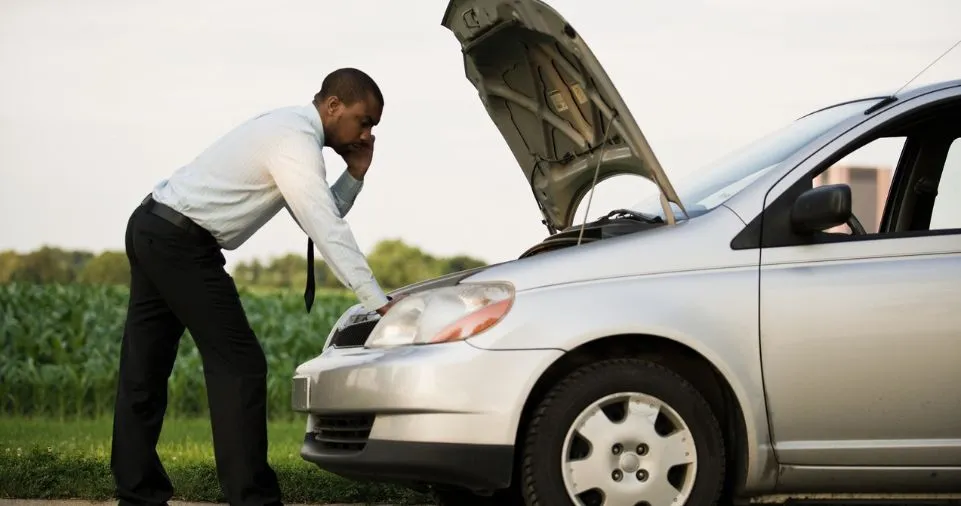Roadside assistance is like having a guardian angel on standby for your vehicle. It’s a service provided by automotive clubs, insurance companies, and even automakers to help stranded motorists in case of emergencies or breakdowns. From flat tires to dead batteries, roadside assistance is there to get you back on the road safely and swiftly.
What Is Roadside Assistance?
Roadside assistance is essentially a membership or subscription service that provides emergency assistance to drivers in need. It typically covers a range of common issues that can leave you stranded on the side of the road, such as flat tires, dead batteries, running out of gas, lockouts, and mechanical breakdowns. This service can be a lifesaver, especially when you’re far from home or in an unfamiliar area.
What Does Roadside Assistance Cover?
Roadside assistance coverage varies depending on the provider and the level of service you choose. However, common services typically include:
- Towing: If your vehicle cannot be repaired on the spot, roadside assistance will arrange for it to be towed to a nearby repair facility.
- Battery Jumpstart: If your battery dies, roadside assistance will send someone to jumpstart your vehicle.
- Flat Tire Assistance: If you have a flat tire, roadside assistance will either change the tire for you or provide a temporary fix to get you to the nearest service station.
- Fuel Delivery: If you run out of gas, roadside assistance will deliver a small amount of fuel to help you reach the nearest gas station.
- Lockout Service: If you accidentally lock your keys inside your vehicle, roadside assistance can send someone to help you gain entry.
- Minor Repairs: Depending on the provider, roadside assistance may offer minor repairs such as fixing a broken hose or belt.
How Much Does Roadside Assistance Cost?
The cost of roadside assistance varies depending on the provider, the level of coverage, and any additional services included. On average, basic roadside assistance packages start at around $50 to $100 per year, while more comprehensive plans with additional perks can cost upwards of $150 to $200 per year. Some insurance companies may offer roadside assistance as an optional add-on to your auto insurance policy for an additional fee.
Roadside Assistance Coverage Limits
It’s important to familiarize yourself with the coverage limits of your roadside assistance plan. Most plans have restrictions on the number of service calls allowed per year and the distance that your vehicle can be towed at no extra cost. Exceeding these limits may result in additional fees or out-of-pocket expenses.
Where To Get Roadside Assistance Coverage
Roadside assistance coverage is offered by a variety of providers, including:
- Automotive Clubs: Organizations like AAA (American Automobile Association) offer roadside assistance as part of their membership packages.
- Insurance Companies: Many auto insurance companies offer roadside assistance as an optional add-on to your policy.
- Automakers: Some automakers include roadside assistance as part of their warranty or offer it as a standalone service for new vehicle purchases.
ALSO READ:
The Bottom Line: What Is Roadside Assistance?
Roadside assistance provides peace of mind for drivers by offering emergency assistance in case of vehicle breakdowns or emergencies. Whether you’re dealing with a flat tire, dead battery, or lockout, roadside assistance is there to help you get back on the road safely.
FAQ: What Does Roadside Assistance Cover?
Q: Does roadside assistance cover towing to any repair facility?
A: Most roadside assistance plans will tow your vehicle to the nearest repair facility, but some may have restrictions on the distance or type of facility covered.
Q: Is roadside assistance available 24/7?
A: Yes, most roadside assistance providers offer round-the-clock assistance, so you can get help whenever you need it, day or night.
Q: Can roadside assistance be used for rental cars or vehicles other than my own?
A: Some roadside assistance plans may extend coverage to rental cars or other vehicles, but it’s important to check the terms and conditions of your specific plan.


